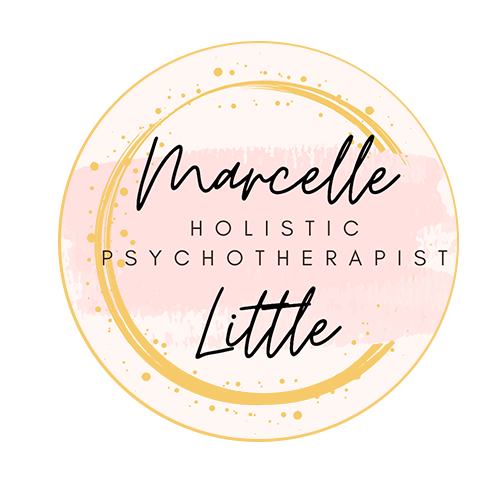Somatic Therapy for Emotional Healing in California, Florida, and London
A Mind-Body Approach to Trauma, Stress, and Emotional Well-Being
As a licensed psychotherapist specializing in individual therapy for anxiety and depression, relationship therapy, therapy for codependency and people-pleasing, therapy for life transitions, mindfulness and somatic therapy, and therapy for American expats living in London and Europe, I have seen how deeply somatic therapy can transform lives. I also work extensively with women’s issues, helping clients reclaim emotional safety, self-worth, and authentic connection.
My personal and professional experience has shown me that our minds and emotions are not separate from our bodies. As trauma researcher Bessel van der Kolk points out in The Body Keeps the Score, unresolved emotional experiences live on in the body long after the mind tries to move on. True healing must involve the body as well as the mind.
Whether you’re seeking somatic therapy in California, trauma-informed therapy in London, or online psychotherapy for American expats in Europe, this approach offers an embodied pathway to regulation, resilience, and relief.
What Is Somatic Therapy?
Somatic therapy is a holistic, body-based approach to psychotherapy that focuses on the connection between the mind and body. It’s especially effective for clients dealing with trauma, chronic stress, anxiety, or disconnection from themselves.
By tuning into physical sensations, somatic therapy helps you release stored emotional tension and learn to regulate your nervous system. It’s not just about talking through challenges—it’s about experiencing healing on a physical level so that emotional change can last.
How Somatic Therapy Works
Somatic therapy draws on research-backed principles, including:
Mindfulness & Present-Moment Awareness – Becoming aware of physical sensations without judgment to interrupt stress cycles.
Polyvagal Theory (Stephen Porges) – Understanding how your autonomic nervous system shifts between safety, connection, and defense states—and learning how to return to calm.
Somatic Experiencing (Peter Levine) – Gently discharging trauma-related energy stored in the body, restoring balance and vitality.
Trauma-Informed Care (Bessel van der Kolk) – Recognizing that trauma reshapes both the body and brain, requiring a bottom-up healing approach.
Techniques I Use in Somatic Therapy
In my practice, I integrate somatic therapy with EMDR, parts work, mindfulness, and depth-oriented psychotherapy. Depending on your needs, sessions may include:
Breathwork to calm the nervous system and create a sense of safety.
Gentle Movement & Stretching to release tension and reconnect with your body.
Tracking Sensations to notice shifts and unlock stored emotions.
Guided Imagery to process experiences in a safe, embodied way.
Benefits of Somatic Therapy
Clients who work with me in California, Florida, and internationally online often experience:
Reduced anxiety and chronic stress
Greater emotional regulation and resilience
Relief from physical tension or pain linked to stress or trauma
A deeper sense of connection with themselves and others
For those who identify as people-pleasers, highly self-critical, or disconnected from their needs, somatic therapy can help rebuild trust in your body and your own inner guidance.
Who Can Benefit from Somatic Therapy?
Somatic therapy is especially supportive for:
Individuals with a history of trauma or PTSD
American expats adjusting to life in London or Europe
People navigating grief, breakups, or major life transitions
Women seeking to heal patterns of codependency or over-functioning in relationships
Why I Integrate Somatic Therapy
In my own healing journey, learning to listen to my body changed everything. It helped me move from survival mode into connection and grounded presence—and it’s the reason I now weave somatic practices into my work with clients.
If you’re looking for a psychotherapist in California, Florida, or London who understands both the science and the lived experience of embodied healing, somatic therapy could be the right next step.
References:
van der Kolk, B. (2014). The Body Keeps the Score. Viking.
Porges, S. W. (2011). The Polyvagal Theory. W.W. Norton & Company.
Levine, P. (2010). In an Unspoken Voice. North Atlantic Books.
I’m Marcelle Little, a California and Florida-licensed psychotherapist (LMFT #129593, TPMF1241) and UK-registered practitioner offering online therapy for adults in California, Florida, and select European countries. My work integrates EMDR, somatic therapy, parts work, and depth psychology to help individuals heal trauma, anxiety, and intergenerational wounds.

